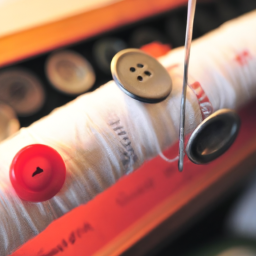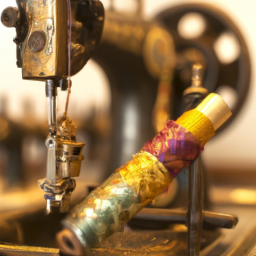
History of Sewing Machine

The invention of the sewing machine revolutionized the textile industry, making it one of the most significant milestones in the history of human ingenuity. It streamlined the process of stitching fabric and paved the way for mass production of clothing, accessories, and other items.
The first functional sewing machine was designed and built by the French tailor, Barthelemy Thimonnier, in 1830. Thimonnier’s machine used a hooked needle and a single thread to create a chain stitch. It could sew up to 200 stitches per minute, a significant improvement over hand sewing which was time-consuming.
However, it was the American inventor, Elias Howe, who patented the first automatic sewing machine in the United States in 1846. His machine utilized two threads and a shuttle mechanism that closely resembles modern sewing machines. This invention paved the way for the mass production of garments and brought significant advancements to the sewing process.

Isaac Singer, an American entrepreneur, further improved the sewing machine’s functionality in the mid-19th century. He introduced the foot treadle-operated machine and made it more efficient, allowing users to produce longer and stronger seams, as well as decorative stitches. Singer’s sewing machine quickly became popular, and his company became one of the leaders in the sewing machine industry.
Throughout the years, many other inventors and companies contributed to the continuous development and improvement of the sewing machine. Various advancements, such as electrically powered machines and computerized systems, were introduced, further enhancing its capabilities and flexibility. Today, sewing machines come in various shapes and sizes, catering to different stitching needs.
“The sewing machine has made clothes, sewing machines have made curtains, and the 1905 Singer sewing machine has given patience and peace to one who sews,” said Fannie Merritt Farmer, an American author and culinary expert.
– Fannie Merritt Farmer
The history of the sewing machine is a testament to human innovation and the desire to simplify and improve daily tasks. It has revolutionized the garment industry, empowering individuals to create, repair, and express themselves through fabric.




